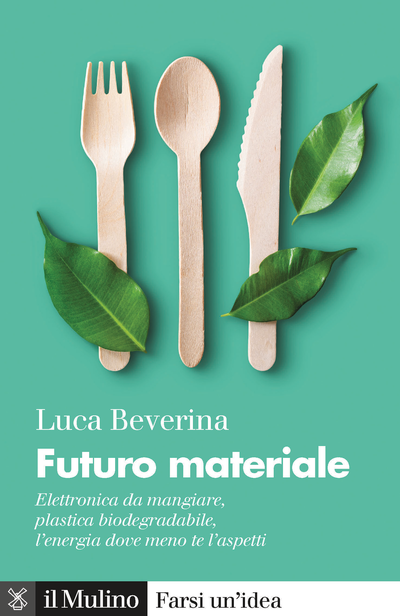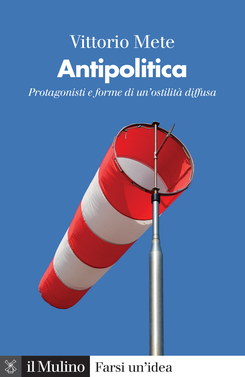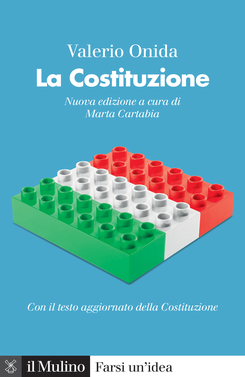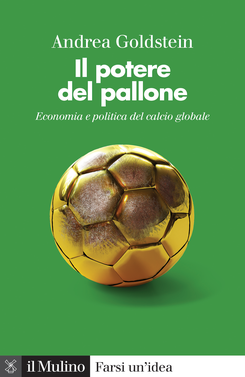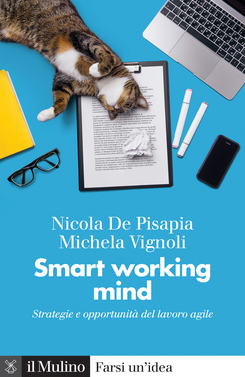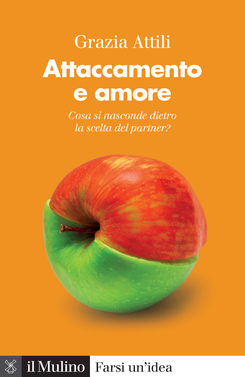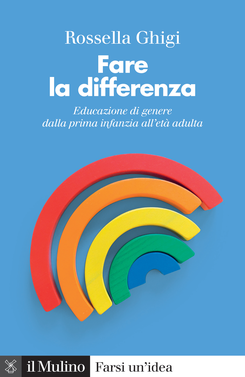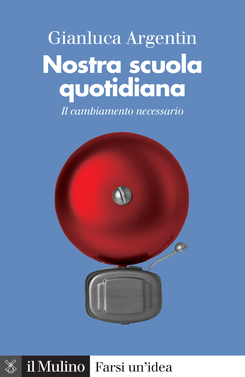The Material Future
Edible Electronics, Biodegradable Plastic, Unexpected Energy Sources
Materials are the horizon of our physical experience. They can be touched and seen, but also heard, smelled and even tasted. Well-established materials (such as cement, steel and plastic) and more recently developed or even radically innovative ones (such as bioplastics, biomimetic prostheses, nanomaterials, graphene) share a need for raw materials and energy in order to be produced. For many decades the prevalent economic model has been based solely on the balance of cost and performance, thus ignoring the fact that resources are limited and gradually decreasing. The material future, then, needs to shun consumption and find ways to borrow. How can contemporary society foster such sustainable development?
Luca Beverina teaches Organic Chemistry at the Bicocca University in Milan and has coordinated many national and international research projects for the development of novel organic and hybrid materials.
Indice
Introduzione - Capitolo I: Vista: Plastica oltre la plastica ovvero Ma se era plastica come ho fatto a prendere la scossa? - Capitolo II: Olfatto: «La plastica è il materiale che Dio ha dimenticato di creare» ovvero Perché improvvisamente i sacchetti della spesa puzzano? - Capitolo III: Tatto: Rivoluzione «touch screen» ovvero Perché improvvisamente l'indio è diventato più importante dell'oro? - Capitolo IV: Udito: Il suono dell'acciaio ovvero Che rapporto c'è tra un percussionista e un metallurgista? - Capitolo V: Gusto: Materiali commestibili ovvero Perché può aver senso tatuare una mela? - Capitolo VI: Vista e Gusto: Il design irrompe in cucina ovvero Mangereste un piatto di formiche se sembrasse una bistecca? - Capitolo VII: Appunti per il futuro ovvero Dove, con che cosa e perché - Conclusione - Per saperne (un po')di più
